One of the first questions that beginning players have is why do guitar amps have 2 channels. In this article, I’ll explain how a two-channel amplifier works and reveal all the pros and cons of a single versus a double-channel configuration.
You can use the table of contents below to take you to the area that interests you. Click on the little box to open it and then click on the section of the article you want to read, or you can read from start to finish if you want the full 2-channel experience!
The Short Answer
Guitar amplifiers have two channels to give the player more tonal options. Some two-channel amplifiers allow you to plug into each channel separately to choose the tone you want. Footswitchable two-channel amplifiers let you select your tone and gain level for changing between rhythm and lead playing. Your playing style and budget will help you determine which two-channel amplifier is right for you.
Keep On Reading (Below) To Learn More
So, What’s A “Channel?”
A channel represents a part of the amplifier that gives a player access to a group of controls. It can be as simple as Volume and Tone controls, or there may be additional settings like Master Volume and Reverb.
Adjusting the channel’s control knobs and switches can change the volume and sound of the guitar.
What Is A Two-Channel Guitar Amp?
A 2-channel amplifier gives a player access to two different sets of controls. The player may need to be plugged into each channel separately, or the amp can have a single guitar input with a button on the front panel or a footswitch to change from one channel to the other.
How Are Two Channels Different From A Single Channel Amp?
Single-channel amps give the player simultaneous access to all the control knobs and switches, while two-channel amps have separate sets of controls for each channel. However, some two-channel amps can share various controls, like Reverb.
Keep reading, and I’ll explain how this works in more depth.
Comparison Of Two Versus One Channel Amps


Here is a comparison of the basic differences between 2-channel and single-channel amps.
You can click on each comparison item in the table to learn more.
| Comparison | Two Channel | Single Channel |
|---|---|---|
| Simpler Controls | No | Yes |
| Channel Switching (footswitch) | Sometimes | No |
| Tonal Flexibility | Better | Good |
| Dedicated Clean And Distorted Channels | Sometimes | No |
| Can Use Different Effects On Each Channel | Yes | No |
| Noise And Feedback Control | Easier | More difficult |
| Cost | More | Less |
Keep On Reading (Below) To Learn More About Each Topic
Control Layout And Channel Switching
Two Channel Amplifiers
For a 2-channel amplifier, the control layout can be pretty simple, like on a Fender Deluxe amp, or more complicated, like on a Marshall DSL 100 amp. It really depends on how the amplifier was designed to perform.
Fender “Blackface” Deluxe Reverb

Regular gain amps, like the Fender “Blackface” Deluxe Reverb, typically have a less complicated control layout. Each channel has its own control knobs and guitar inputs.
The Normal channel has a Volume, Treble, and Bass control. The Vibrato (really tremolo) channel has a Volume, Treble, Bass, Reverb, Speed, and Intensity control. Neither channel has a Gain or Master Volume control.
The Reverb and Vibrato for the second channel can be turned on and off separately with a footswitch, but the channels cannot be electronically switched. Unlike the Marshall amp below, to play through a different channel, you must unplug the guitar from one channel and plug it into the other.
Marshall DSL 100

High-gain amps, like the Marshall DSL 100, can have a more complicated control layout. This 2-channel amp has a Classic Gain and an Ultra Gain channel. In addition, each channel has its own Volume, Gain, Master Volume, and Reverb controls.
Both channels share the same Resonance, Presence, Bass, Middle, and Treble controls. The amp has a single guitar input (not shown in the photo above), and each channel is electronically selected with a footswitch.
Single Channel Amplifiers
Now, let’s look at how a single-channel amp compares to a double-channel design. Single-channel amps were available before 2-channel models and gave players basic controls or can include more sophisticated controls for Tone, Master Volume, Gain, etc.
Fender Tweed Champ

For example, this 1955 Fender Tweed Champ had two guitar inputs (both go into the same channel), a Volume control with a built-in on/off switch, a power indicator lamp, and a fuse (missing in the photo above).
It doesn’t even have a tone control It’s an example of one of the simplest amp setups ever made, with the exception of a similar design with just one instrument input.
Magnatone Super Fifteen

This single-channel Magnatone amp has more bells and whistles with a Gain, Master Volume, 3-band EQ, and Presence control.
Single-channel amps can get even more elaborate, as you can imagine, with Reverb, Tremolo, and even digital amplifier simulations.
Tonal Flexibility
Two-channel amplifiers are designed to give the player more tonal flexibility than a single channel. Even the first 2-channel designs, like the Fender Deluxe Reverb pictured above, had different tonal options for rhythm (Normal Channel) and lead guitar players (Vibrato channel) plugging into the same amp.
Why Two Channels Matter
In addition to more tonal flexibility, switchable 2-channel amps can give you separate gain stages that can take your playing performance to new heights with or without the use of dirt pedals like overdrive and distortion.
Dedicated Clean And Distorted Channels
Some manufacturers have designed amplifiers with uniquely configurable foot-switchable clean and distorted channels, like the Marshall DSL100. The Classic Gain and Ultra Gain channels of the DSL 100 each have a Clean/Crunch and Overdrive1/Overdrive2 setting.
The 2-way footswitch gives the DSL 100 channel switching and FX loop on/off capabilities to accommodate any playing situation!
Using Different Effects On Each Channel
Two-channel amplifiers also allow the player to use different effects on the front end of each channel and combine them with time-based pedals in the effects loop!
This effects-pedal-flexibility gives you much more tonal control over your playing!
Noise And Feedback Control
Having switchable channels at different volume and gain settings allows you to have better control over guitar signal nose and feedback, especially for single coil players that don’t use a noise gate pedal.
So, when you’re playing rhythm, you can switch to the cleaner channel to give your chords more definition.
Amplifier Cost
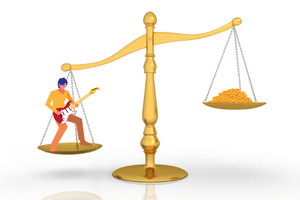
Generally speaking, you can expect to pay more for a 2-channel amplifier than a single-channel design. However, there are some notable exceptions, such as single-channel boutique amps.
The additional flexibility and tonal options of a 2-channel amp could justify the additional expense, especially if you’re a pro player.
Does Amp Type Determine Channel Number?
Amplifier type, such as Class A vs. Class AB or tube vs. solid-state vs. digital modeling design, does not determine channel number. Therefore any combination of amplifier type and channel number is possible.
How 2-Channel Amps Changed Guitar Playing
Although early “Fender-type” 2-channel amps allowed players to have more tonal options, amplifiers like the Marshall JCM900 4100 helped usher in the sound of higher-gain Heavy Metal!
This foot-switchable amp featured dedicated PreAmp, Master Volume, and Reverb controls for each channel with a common three-band EQ and Presence control.
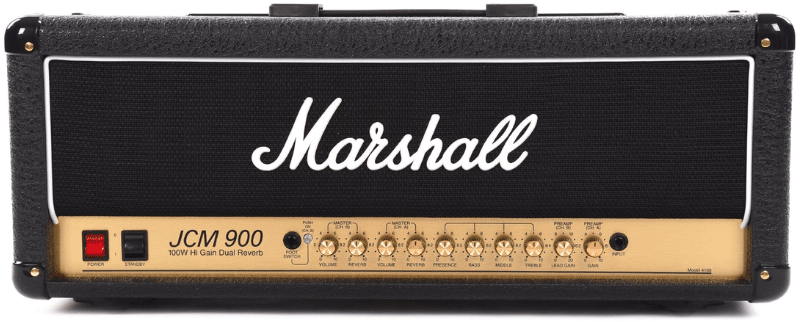
Two Channel Combo Amps
Here is a list of other 2-channel amps that I think sound pretty cool. Check them out!
| Blackstar HT Club 40 MkII | Mesa/Boogie Fillmore 50 | ||
| Orange Rockerverb 50C MkIII Neo | PRS Sonzera 20 | ||
| EVH 5150 Iconic Series 15 | Fender Frontman 20G | ||
| Behringer HA-20R-UL | Quilter Labs Aviator Mach 3 | ||
| ENGL Amplifiers Ironball 20 | Supro ’64 Reverb |
Can An Amplifier Have More Than 2 Channels?
Yes, guitar amplifiers come in three and even four-channel configurations.
The Marshall VM410H is a foot-switchable amp with a Clean, Crunch, Overdrive1, and Overdrive2 channel. Each channel has dedicated Volume, Gain, three-band EQ, and Reverb controls, with two Master Volumes, a Resonance, and Presence control.
This configuration gives you the ultimate in Marshall sound, from historic plexi to modern metal!
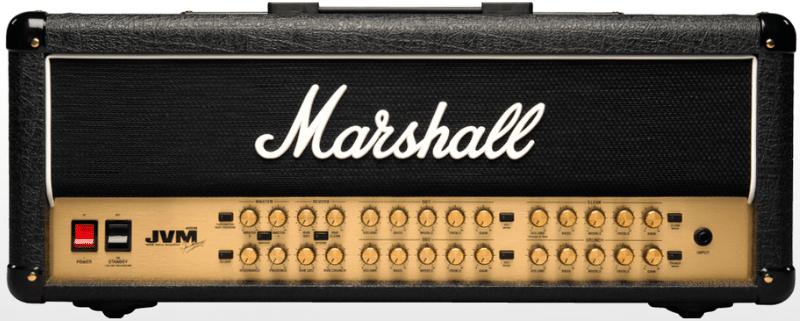
Choosing The Amp That’s Right For You

The best way to decide what amp will work best for you and how many channels you need is to play through as many makes and models as possible.
Be sure to bring your guitar and any effect pedals you commonly use. Take your time and listen to the tone the various amp settings give you.
If you buy the amp online, listen to demos on YouTube, and be sure that you can return it with free shipping if you’re not happy!
Your Guitar Matters, Too!

As mentioned above, each guitar can sound different through the same amplifier. Some guitars just don’t match up well with certain amps. Even if you like the tone, the combination may be too noisy, especially if you use a single-coil guitar with a high-gain amp.
If noise is a problem, but you really love the tone your guitar gives you out of an amp, consider getting a noise gait pedal. Be aware that some noise gaits can alter your playing dynamics, no matter how low you adjust the threshold control.
Can You Convert A Single Chanel Amp To Two?
No, you can’t convert a single-channel amp to two channels or vice versa, nor would it be cost-effective. I’m not saying it’s technically impossible, but what’s the point?
If you don’t like your single-channel amp, trade it in for a 2-channel model. Otherwise, keep it and buy a 2-channel model to have the best of both worlds.
Frequently Asked Questions

Here are some of the questions I get asked about guitar amplifiers.
If your question does not appear here, please put it in the comments, and I will get right back to you with an answer.
Why Do Guitar Amps Have 2 Inputs?
Guitar amplifiers may have two inputs on one channel because the first input is usually for higher-impedance instruments. The second input is generally for lower-impedance instruments and guitars with active electronics because it reduces the guitar’s audio signal by about six to ten decibels.
If two players plug into the same amp with similar guitars, connect the rhythm player to the second input because that guitar will have a lower volume.
Are 2 Amps Louder Than 1?
That depends on each amplifier’s make, model, and power output. For example, a 100-Watt amp will usually be louder than two 25-Watt amplifiers.
How Many Speakers Can A 2 Channel Amp Power?
It’s not the number of speakers that matters. What’s important is the total speaker impedance.
For example, suppose your amp is rated for an 8-ohm speaker impedance. In that case, you can connect it to an 8-ohm cabinet that has two speakers or an 8-ohm cabinet with four speakers without damaging the amplifier.
Why Do Guitarists Use Two Amps?
Two amplifiers give you more tonal options. For example, you might want to take a Fender amp to a Country music gig and your Blackstar stack to practice with your Metal band.
You can use two amps simultaneously to get a composite sound. For example, you can split your guitar’s signal output to run it into a Fender and a Marshall amp to get the best sound characteristics from each one.
What Is The Best Way To Split A Guitar Signal Into 2 Amps?
Some players use a “y-connector,” however a guitar signal-splitter box will give you a better-quality sound.
I sometimes use an effects pedal with a stereo output to send the dry sound to one amp and the effect signal to the second amp.
Can You Use Both Channels On An Amp At The Same Time?
It depends on the amplifier. For example, with a Fender Deluxe Reverb amp, two guitar players can plug into the same amplifier using a different channel. On the other hand, a two-channel Marshall amp with a single guitar input will allow you to switch between channels but not use them both at once.
Final Thoughts

So, I hope this article on “Why Do Guitar Amps Have 2 Channels?” answered all your questions. If not, please ask them in the comment section. However, the main reason is to give a guitar player more tonal possibilities!
Normal-gain amps with two channels, like vintage Fender models, allow a player to plug into the dry channel or the effects channel for using reverb and tremolo.
Like the newer Marshall models, high-gain two-channel amps allow a player to switch channels without unplugging the guitar. For example, it’s easy to change to the higher-gain channel during a guitar solo using a footswitch.
Two-channel amps also allow you to use different effects pedals for each channel and to have better control over noise and feedback.
Be prepared to spend more money on a two-channel amp, so consider buying a single-channel amp if it will work just as well for your playing style.
When choosing a two-channel amp, try a variety of makes and models with your guitar and effects pedals to find the tone you’re looking for.

Here’s a great video from Orange Amps that shows you three ways to use pedals to make your single-channel amplifier sound like it has two channels. Definitely check it out!
Related Article ➡ Why Do Guitar Amps Have Two Inputs? – What You Need To Know!
What To Read Next ➡ British Vs American Guitar Amplifiers – Ultimate Showdown!
Related Article ➡ What Is A Guitar Stomp Box – Attractive, Little, Tantalizing
Tell Me What You Think

Please leave a comment below if you enjoyed this article, have any questions about 2-channel guitar amps, or want to give your point of view. I will be happy to help you.
- What is your favorite 2-channel amp? Why?
- Do you prefer humbucking or single-coil guitars for a 2-channel amp?
- After reading this article, are you thinking of buying a 2-channel amp?
- What else is on your mind?

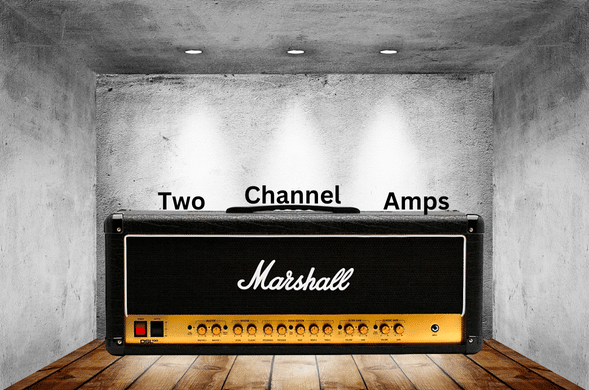
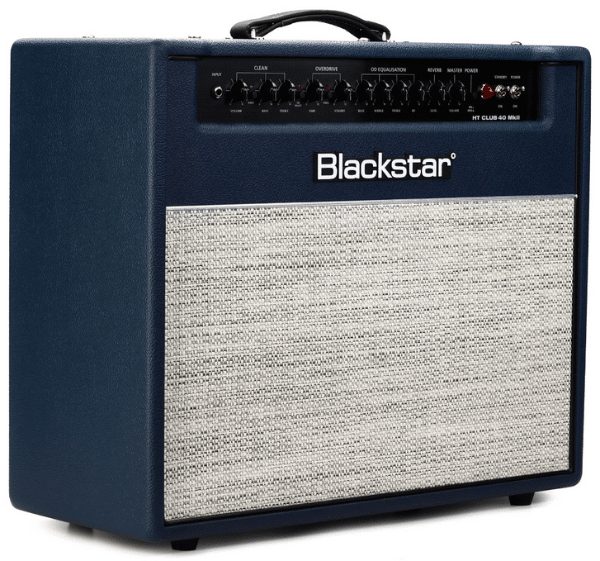
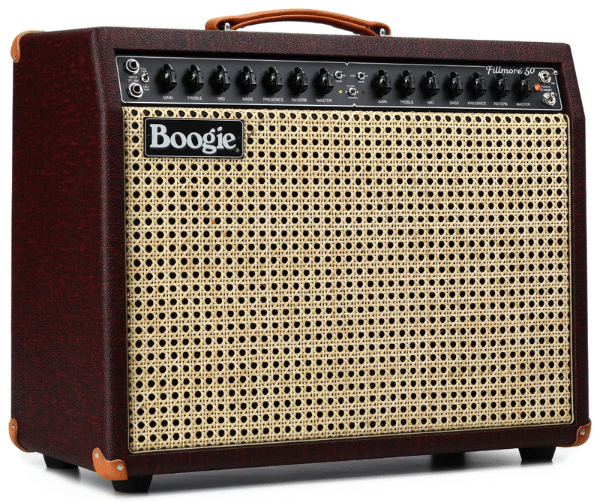
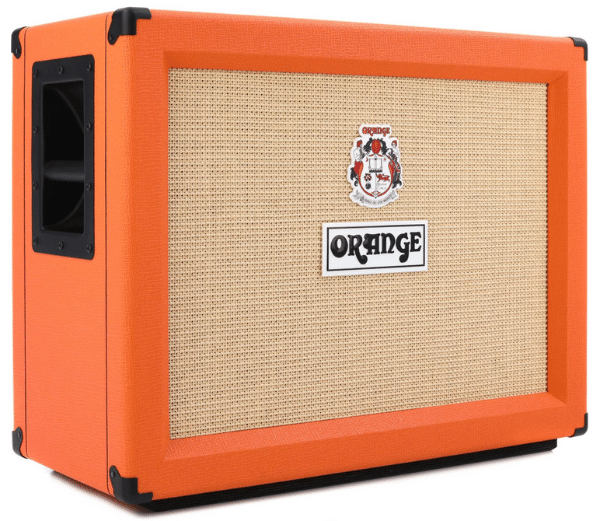
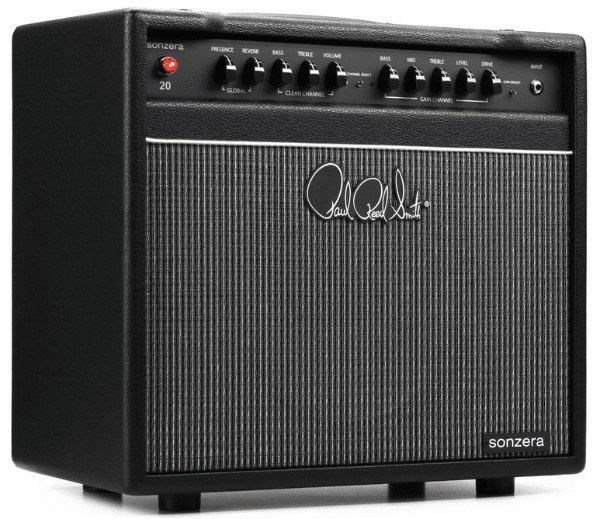
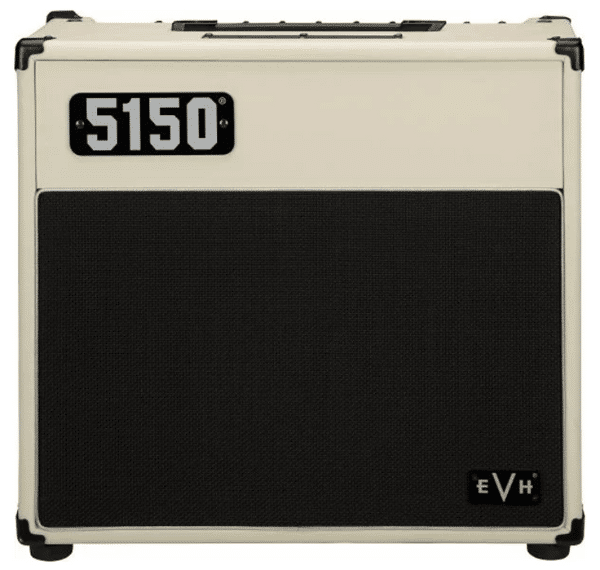
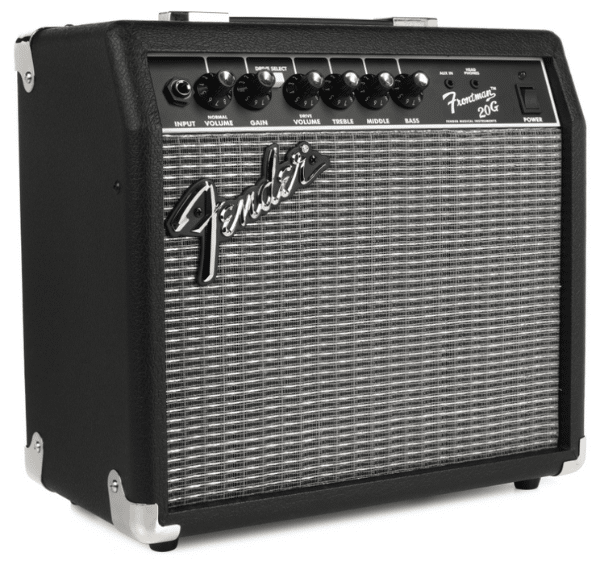
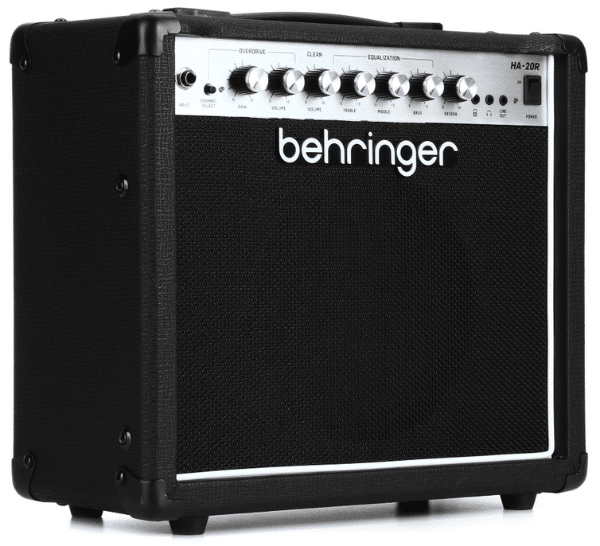
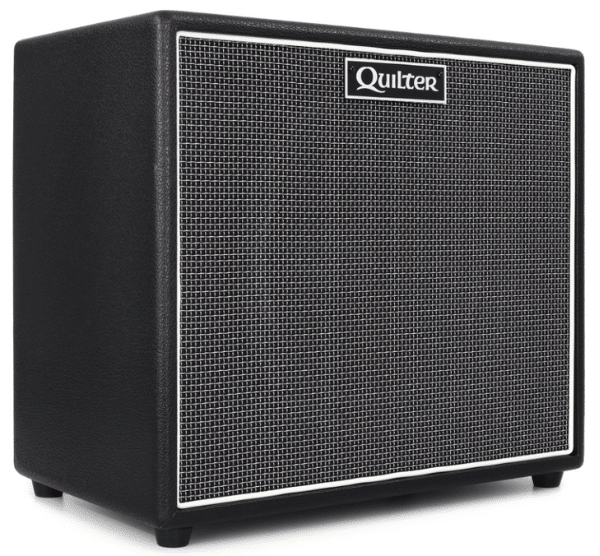
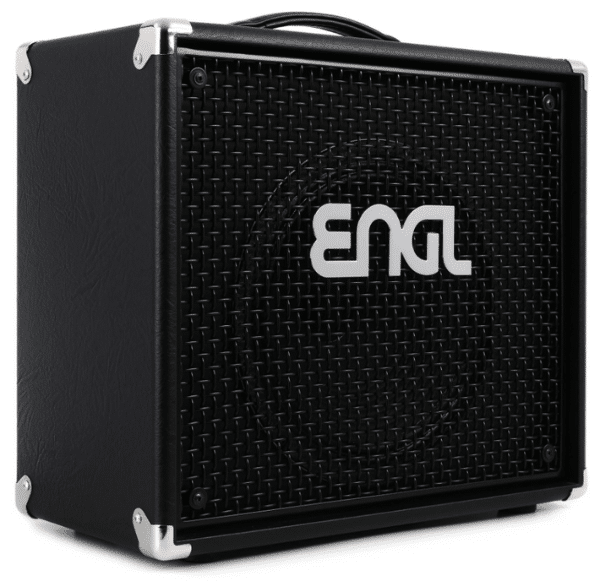
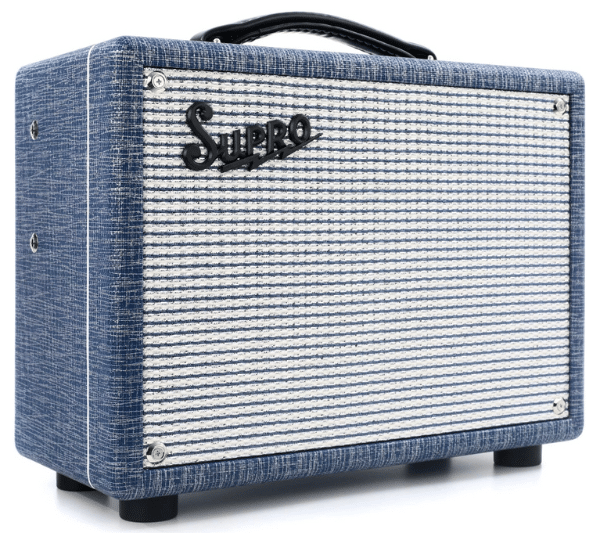

Whoaaa!!! I learned so much from reading your article. I learned also that I am in way over my head. lol!! Here’s the thing. My son plays bass guitar and I want to get him a new amp as a surprise. Based on what you were saying, I may not be able to do that. Do you think I should just take him with me because you said you should take your guitar with you. Also, is Fender a brand name like Marshall? I know about fender Rhodes and I’m curious. Thanks very much for all of this new insight.
Hi, Hazel
Thank You for your comments!
Yes, I think it would be best to have your son pick out his bass guitar amp. It’s definitely an advantage for him to play through a variety of amps with his guitar and ask the salespeople questions.
Yes, Fender is an excellent brand name. Fender equipment may be less costly than Marshall, but they are both excellent choices.
BTW, if your son wants to try Fender’s bass guitar online video teaching platform, there’s an ad for a free trial on my website.
Frank ?
I didn’t know there were different channels on guitar amps! Though I tried hard to grasp about how they work and why some guitarists like to use different channels for different sounds, I think it’s really cool that you can experiment with the settings to get different tones and styles of music. Maybe one day I’ll have my own “Electric” guitar and amp and be able to try it out myself! I only have a classical guitar and it’s already challenging to keep my focus on the strings. So big respect goes to those electric guitarist.
Hi, Raymond
Thank You for your comments!
A classical guitar is great, especially if you’re learning to play Classical music! Electric guitars are more suited for Pop, Country, Blues, Rock, and Metal.
Don’t be afraid to try an electric guitar at your local music store. Electrics are usually easier to play than acoustic guitars.
Keep on practicing, and you’ll get there! 😎
Frank 🎸
Thanks for sharing this helpful guide to understanding why guitar amps have 2 channels.
I’m not alone in picking up the guitar and learning to play it after having a friend show me a few basics. While I’m thankful for getting those pointers from friends, understanding the technical nuances of all the gear options can provide an entirely new set of ways to make cool sounds with guitars. Thanks for all the details — including the photos that illustrate what each type of setup looks like – this has been very valuable and helpful for me!
Hi, Aly
Thank You for your comments!
I’m thrilled you found the article helpful!
There are so many guitar amplifier channel configurations these days that finding the best amp for your playing style can be challenging.
Ultimately, there is no one-size-fits-all solution, but a flexible amplifier can cover a lot of musical ground!
Keep On Rockin’ 🤘
Frank 🎸